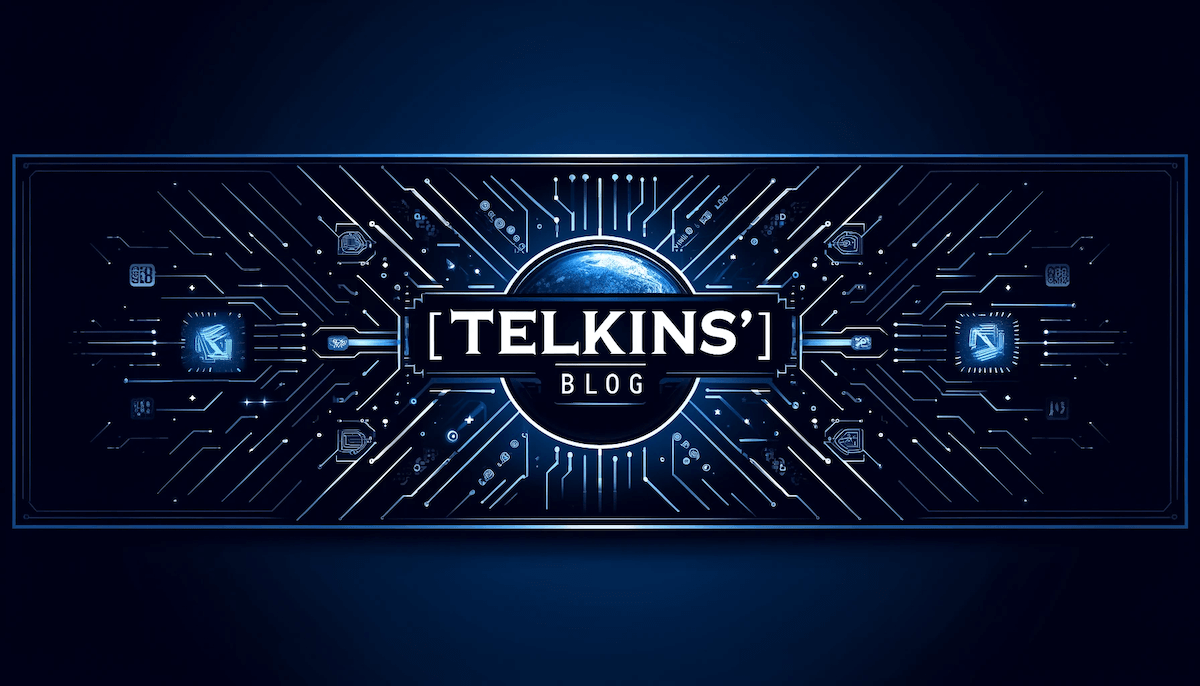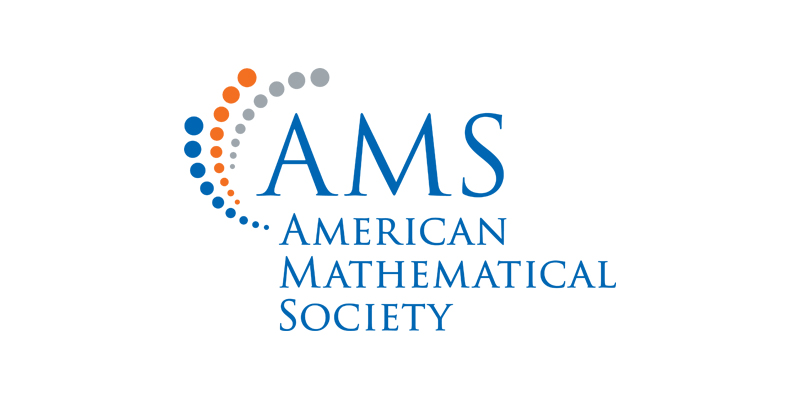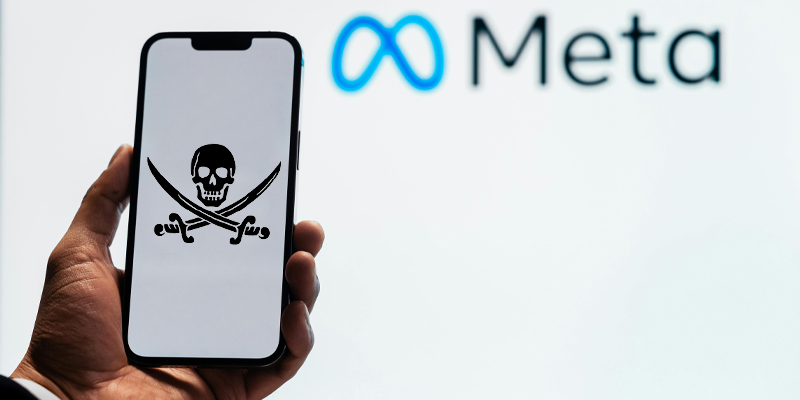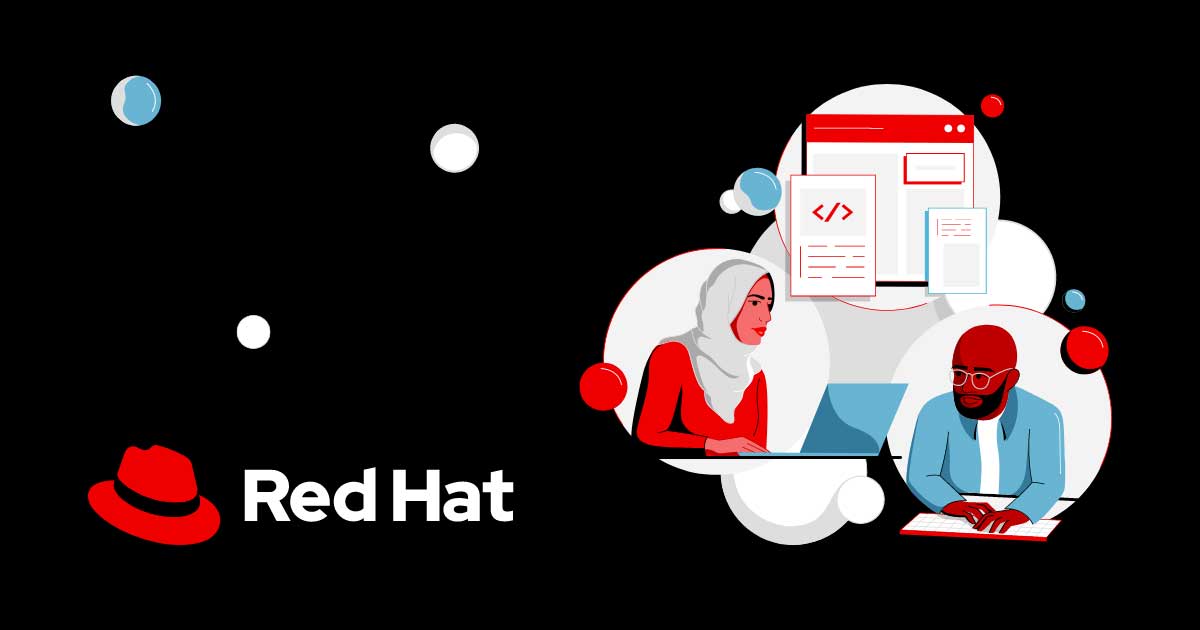Musk's Young Guns Infiltrate US Government Agencies

WIRED reports that several young employees with ties to Elon Musk, including interns and recent graduates from companies like Neuralink, SpaceX, and xAI, are holding significant positions within US government agencies, including the Office of Personnel Management (OPM) and the General Services Administration (GSA). Their qualifications and experience have raised concerns about their competence and potential conflicts of interest. Some are even directly involved in code review and decision-making, prompting questions from within the government. This incident highlights the risks of tech elites entering government and potential vulnerabilities in agency security vetting and hiring practices.
Read more


















/cdn.vox-cdn.com/uploads/chorus_asset/file/25819609/Woven_City_Hero_Photo.jpg)

